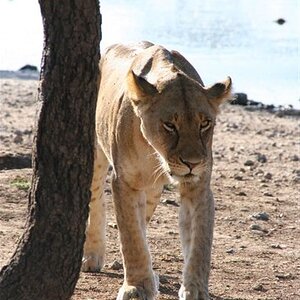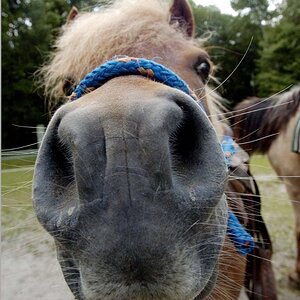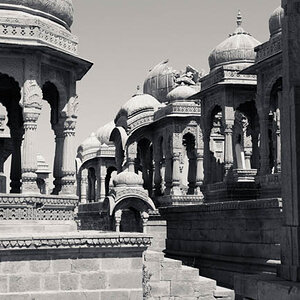bizoey
TPF Noob!
- Joined
- Jun 29, 2008
- Messages
- 4
- Reaction score
- 0
- Location
- Canada
- Can others edit my Photos
- Photos OK to edit
Hi everyone,
I am thinking of getting myself a lens that will do well for portrait situations.
I have a somewhat-old-school olympus E-410, and already have the standard kit lenses (wide angle + the 40mm - 150mm zoom) along with a 25mm pancake lens.
As happy as I am with my newest purchase, the super-sharp 25mm, I think I would rather go for something with a better DOF and mooooore bokeh.
Because quite frankly, I don't really want to have to use my zoom for that.
Anyways, if you have any recommendations, let me know! I will appreciate it very much.
I am thinking of getting myself a lens that will do well for portrait situations.
I have a somewhat-old-school olympus E-410, and already have the standard kit lenses (wide angle + the 40mm - 150mm zoom) along with a 25mm pancake lens.
As happy as I am with my newest purchase, the super-sharp 25mm, I think I would rather go for something with a better DOF and mooooore bokeh.

Because quite frankly, I don't really want to have to use my zoom for that.
Anyways, if you have any recommendations, let me know! I will appreciate it very much.








![[No title]](/data/xfmg/thumbnail/35/35964-c65699557292548e7f4d384b3ca48534.jpg?1619737280)

![[No title]](/data/xfmg/thumbnail/37/37602-1ef8dbb1c2d0e4ff347ee65d328c3603.jpg?1619738147)



![[No title]](/data/xfmg/thumbnail/37/37604-7ad625e983f92f880eb65a264eeef5e4.jpg?1619738148)
![[No title]](/data/xfmg/thumbnail/37/37606-3c9ffb5906173fa2aa489341967e1468.jpg?1619738148)